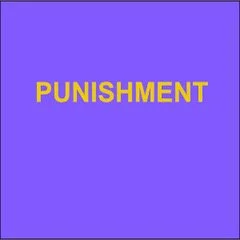By Justin Helepololei
This dissertation draws on ethnographic research conducted with prison abolitionists and criminal justice reform activists in Western Massachusetts - a context in which the sheriffs who operate county jails see themselves as reformers. I use the concept of a “progressive jail assemblage” to analyze the varied actors and logics that sustain incarceration locally, focusing especially on the use of care discourses and practices. I consider how progressive jailing puts prison abolitionists in the position of being against some forms of care. At the same time, abolitionists have put forth competing notions of care, ones they see as building a world in which prisons and jails would not exist. Informed by interviews with formerly incarcerated organizers who navigate this assemblage, I argue that both tendencies have the potential to reinforce the hierarchies that sustain incarceration, but they also have the potential to create openings for undoing the world as it exists.
Amherst, MA: University of Massachusetts, 2023. 265p.






















